conservation
Latest

Almost 200 nations promise to protect 30 percent of the planet's land and oceans
Nearly 200 countries have agreed to protect 30 percent of Earth's lands and oceans by 2030.

Smart buoy 'hears' the sea to protect whales against ship collisions
Smart buoys are using AI to listen to the ocean and help ships avoid crashing into whales.

PAWS anti-poaching AI predicts where illegal hunters will show up next
AI and machine learning systems are poised to drastically improve wildlife rangers’ effectiveness by helping them not only track where poachers have been but also predict where they are most likely to turn up.
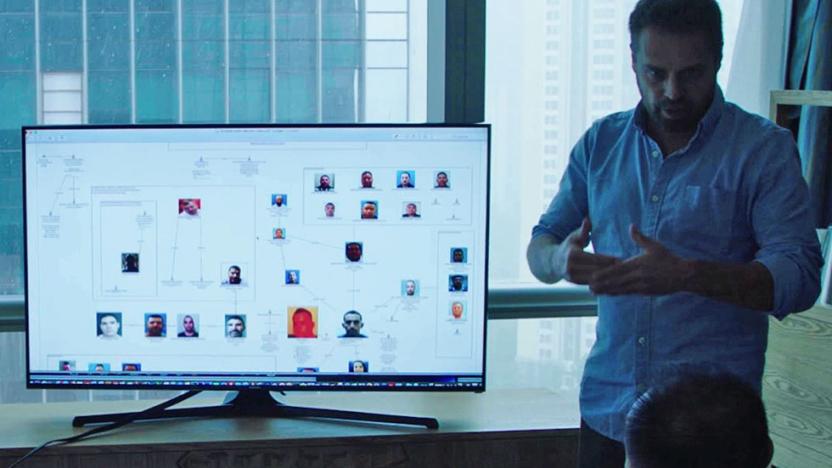
WildLeaks: The whistleblowing site for planet Earth
“Really, fuck fuck fuck fuck, fuck” Andrea Crosta tells the driver of the car he just got in. Crosta is the founder of WildLeaks, a whistleblowing site for environmental crime, and he’s just aborted an undercover operation with a prominent ivory trader in China. Crosta wasn’t alone, and his collaborator’s hidden camera was spotted after she conspicuously moved her purse in front of some illegal merchandise.

A robot sloth will (very slowly) survey endangered species
A robot sloth will keep watch on animals and plants to protect them -- and its slowness is an advantage.
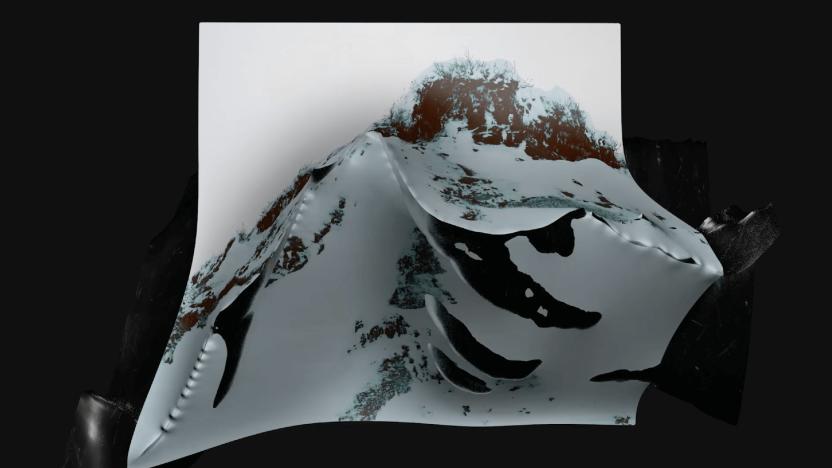
Arctic communities are living in a future nobody wants
Of all the many tangible climate change impacts, none may be bigger than coastal erosion and permafrost slump.
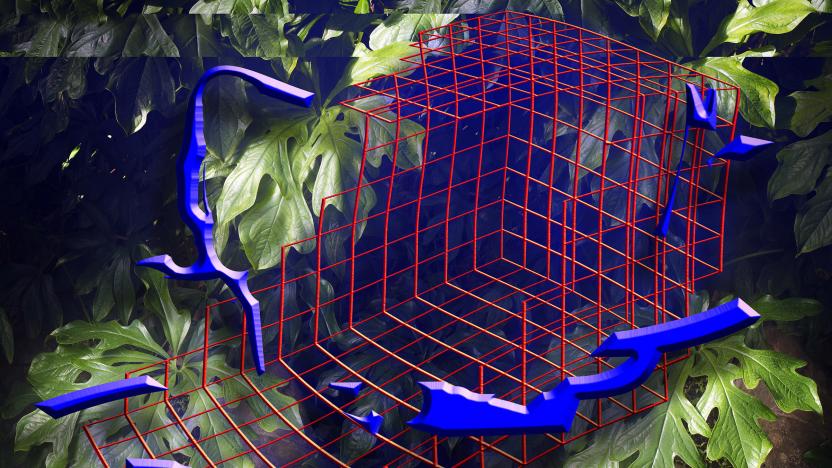
How to reverse-engineer a rainforest
2020 might be the year we all faced a pandemic. But 2019 was the year the earth burned. We are racing to reverse-engineer the rainforest — and like any half-decent architect, we’re going to have to do it from the ground up.
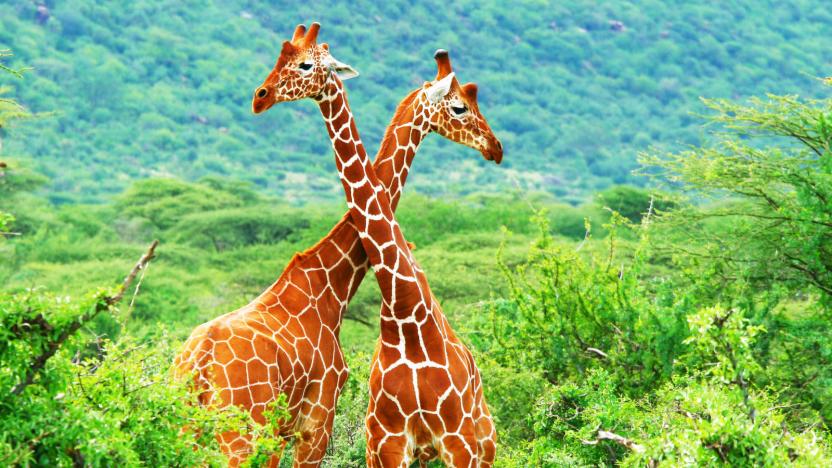
Google AI tool helps conservationists (and the public) track wildlife
Google is quickly putting its wildlife-spotting AI to good use. The internet giant has launched a Wildlife Insights tool that helps conservationists track wildlife by not only parsing their photos, but sharing them in a searchable public website. The AI automatically tosses out photos that are highly unlikely to include animals and tries to label the animals it does spot, dramatically speeding up a laborious task. That, in turn, helps researchers track animal populations as they're affected by climate change and direct human intrusion.
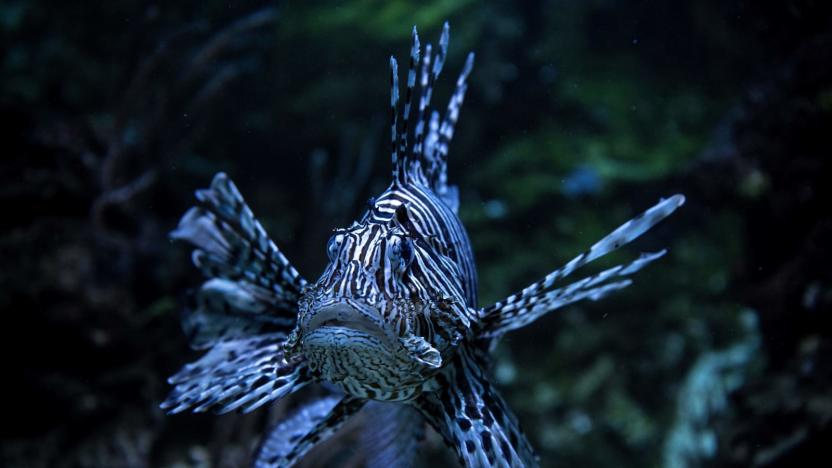
How conservationists are controlling invasive species in the 21st century
When humans colonized islands throughout the Pacific some 2,000 years ago, rats came along for the ride. The introduction of those rodents proved disastrous for the local island exosystem, a pattern than unfortunately continues to this day with no sign of slowing. Conservationists are now experimenting with high tech solutions to help keep invasive species in check.

DeepMind uses AI to track Serengeti wildlife with photos
DeepMind has joined the ranks of those using AI to save fragile wildlife populations, and it's doing that on a grand scale. The company is partnering with conservationists and ecologists on a project that uses machine learning to speedily detect and count animals in "millions" of photos taken over the past nine years in Tanzania's Serengeti National Park. Where it normally takes up to a year for volunteers to return labeled photos, DeepMind has developed a model that can label most animals at least as well as humans while shortening the process by up to nine months That's no small challenge when animals seldom cooperate with motion-sensitive cameras -- the AI can recognize out-of-focus cheetahs or fast-moving ostriches.

Christianity and conservationism collide in 'Pangolin's Puzzle'
Pangolin's Puzzle is a new mobile game that offers a refreshing approach to the puzzle genre -- instead of relying solely on spatial manipulation or number-based solves, it serves up written logic problems. Players manipulate patches of the environment on a grid, building landscapes according to descriptions of how each feature relates to one another. It's tricky, thoughtful and addictive, especially when you add in the adorable main character, an anteater-like animal called a pangolin.

Artificial insemination used to breed lions for the first time
Artificial insemination isn't new, but the technique is still breaking new ground -- and it might just save one of the world's better known species. South Africa's University of Pretoria has successfully used artificial conception with lions for the first time, producing two cubs (Isabel and Victor, above) who've been healthy since their birth on August 25th. This wasn't a simple case of repeating familiar methods, either. The researchers relied on a new approach that could represent a breakthrough for species conservation.

Researchers tap AI in fight against elephant poachers
Cornell University's Elephant Listening Project is a research effort that tracks African forest elephants through acoustic recordings. Part of the project is geared toward conservation and tracking these elephant populations through the animals' calls helps researchers monitor their movements and, ideally, protect them from poachers. But the project generates seven terabytes of data every three months and it takes researchers up to 12 weeks to analyze the audio recordings they collect. That amount of time hampers any response to threats, but a new collaboration is using AI to analyze the data more quickly.

Google defends search policy following Trump accusations
In response to accusations tweeted today by Donald Trump, Google has issued a statement saying that it doesn't tailor its search results based on political ideologies. Across two tweets, the president claimed that Google searches for "Trump News" surfaced mostly negative coverage of him from left-wing media outlets and that the company was "suppressing" conservative voices. "This is a very serious situation-will be addressed," he wrote.

Lab-made embryos may save near-extinct rhino species
The northern white rhino faces a grim fate when its last surviving examples are two infertile females. A novel scientific technique might just spare the species from extinction, however. Researchers have successfully created the first lab-made rhino embryos in a bid to give the northern white a second chance. The group collected eggs from southern white rhinos using a new extraction device and fertilized them using the sperm from dead northern whites, crafting viable embryos with the right DNA to continue the species.
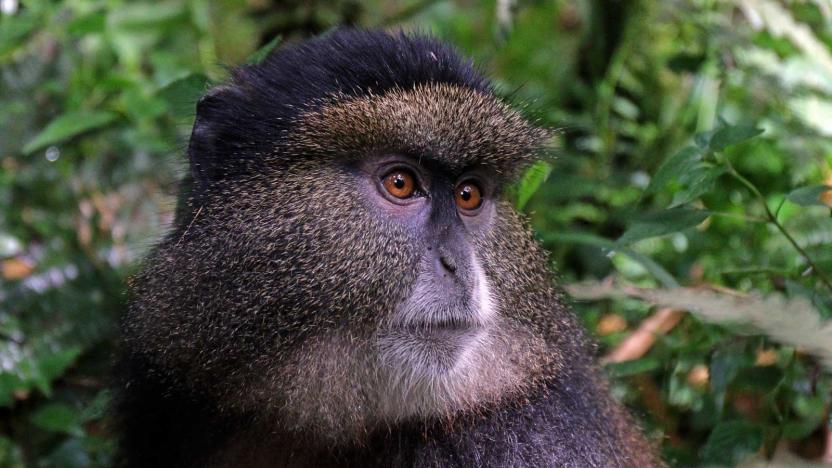
Facial recognition may help save endangered primates
Facial recognition isn't limited to humans. Researchers have developed a face detection system, PrimNet, that should help save endangered primates by tracking them in a non-invasive way. The neural network-based approach lets field workers keep tabs on chimpanzees, golden monkeys and lemurs just by snapping a photo of them with an Android app -- it'll either produce an exact match or turn up five close candidates. That's much gentler than tracking devices, which can stress or even hurt animals.

How a YouTube video brought an extinct bird back from the dead
Kauai, Hawaii –– In 2015, Danish environmental artist Jakob Kudsk Steensen became obsessed with a bird that no longer exists. The Kaua'i 'o'o, a now-extinct species of small honeyeater, was last seen in Hawaii in 1987. According to a recent study in Science Advances, ornithologists have observed population declines in almost all of the Kauai Island's honeycreeper species, a famously diverse family of forest birds that have long-faced environmental destruction, the introduction of non-native species and slaughter of the native plantlife on their island. Scientists also say multiple more extinctions are likely in the coming decades. However, Steensen believes he and other ecologically-minded artists can one day bring long-lost species like the small Kaua'i 'o'o back from the dead, using a combination of technology, digital archiving tools and a whole lot of artistic imagination. Below is an essay on Steensen's current project on re-animation related to the Kaua'i 'o'o. Think of it as an introduction to the emerging world of online ecology.
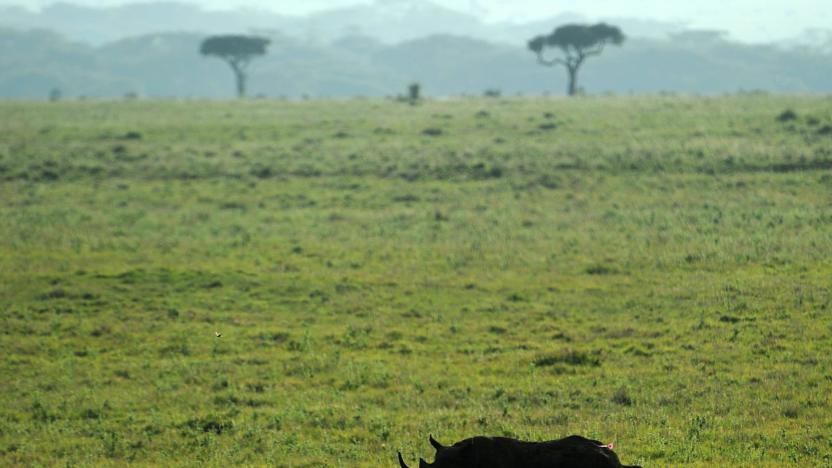
A VR quest to make you care about endangered species
Most of us don't think about rhinos on a daily basis. We're too consumed with maintaining inbox-zero or making sure our cat is healthy. When the last male white northern rhino died in March, the impact on most of us was minimal because the now-extinct 2-ton mammal wasn't lumbering around our living rooms. We're gravely concerned the moment Mr. Whiskers starts acting funky, though. That's because he's a part of our everyday environment and, as such, we're emotionally attached to him. This theory is called environmental amnesia. Basically, it's the belief that we don't consider what's going on outside of our immediate surroundings. We think that whatever is happening around us is normal. It's something that Fountain Digital CEO Svetlana Dragayeva thinks virtual reality can help address by showing people how wondrous our planet's creatures can be in an intimate setting -- their homes. "This is where technology can really help us shape new types of [emotional] relationships so that we actually become curious about what's going on in the offline world, and become more involved in saving [it]," she said.

'The Protectors' shows how VR can help save African elephants
At first, the elephant looks like it's asleep. But then you notice it has stumps where there should be feet. Its tusks have been sawed off. And there are countless maggots crawling along a gaping hole in its face. It's a horrifying image as I describe it -- but when viewed as a 360-degree video in a VR headset, it's even more so. You can't easily look away without shutting your eyes. And the three-dimensional sound makes you feel as if you're actually there.
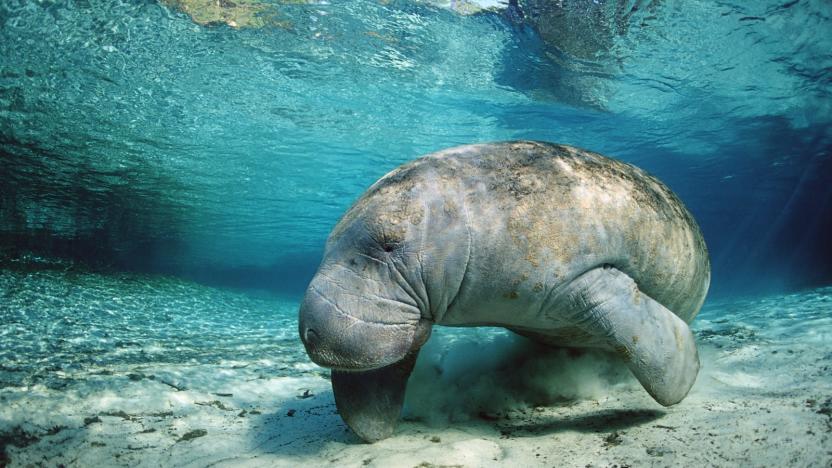
Google machine learning can protect endangered sea cows
It's one thing to track endangered animals on land, but it's another to follow them when they're in the water. How do you spot individual critters when all you have are large-scale aerial photos? Google might just help. Queensland University researchers have used Google's TensorFlow machine learning to create a detector that automatically spots sea cows in ocean images. Instead of making people spend ages coming through tens of thousands of photos, the team just has to feed photos through an image recognition system that knows to look for the cows' telltale body shapes.










